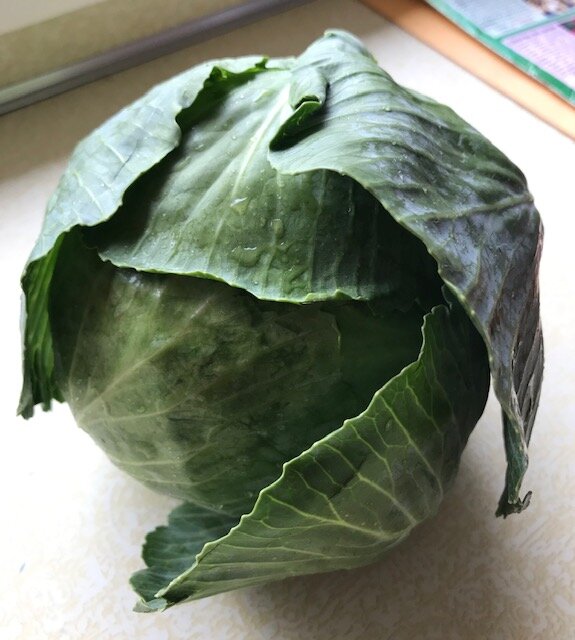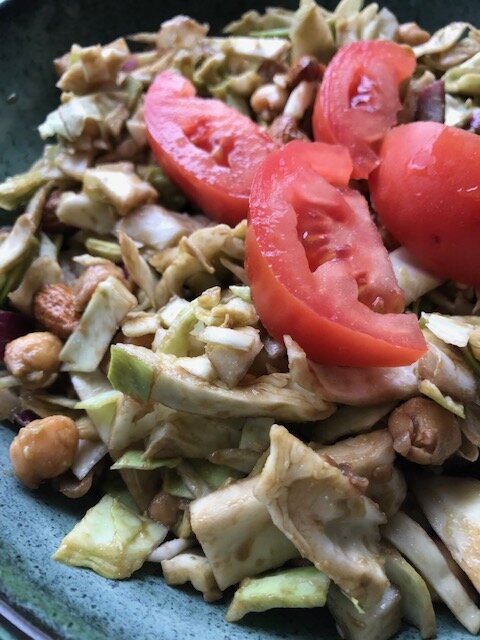St. Patrick’s Day is my late son Daniel’s birthday. He would’ve been twenty-nine today.
Soon after his eleventh birthday, at the end of his annual well-child checkup, I mentioned to the pediatrician that he’d been unusually thirsty and tired. I assumed Daniel was going through a growth spurt . . .but thought I’d casually mention it nonetheless.
The physician ordered a urine test.
I didn’t think much of it.
The nurse brought in a cup and Daniel walked to the nearest restroom to pee.
The urine test showed elevated sugar—and we’d need to go to the pediatric lab in the adjoining hospital in order to confirm what the pediatrician suspected: diabetes.
But I still didn’t think much of it.
The nurse gave me paperwork and directions to the lab. She seemed unusually happy as she exclaimed, “You will like the diabetes clinic. They have all kinds of fun. . . like pizza parties.”
In the midst of the confusion, I thought that was such an odd statement.
Sure enough the lab confirmed that Daniel did indeed have diabetes, and I was instructed to bring him—and my husband--to an appointment at the diabetic clinic the following morning at eight o’clock.
I still didn’t think much of it.
I incorrectly assumed we’d learn to eat healthier, cut out some sweets, and resolve the diabetes in a week or so. . .and then be on our way.
Instead, the diabetic nurse educator pulled out a syringe with a needle on the end of it. She instructed how to calculate amounts of insulin to draw into the syringe—and then how to inject it.
Then she asked Daniel to lift his shirt in order to expose his belly. . . and she wanted me to administer the shot!
Suddenly, the room felt dark and suffocating as I watched my always happy and inquisitive son lift his shirt. With my index finger and thumb, I gently pinched his abdominal skin as instructed and punctured it with the needle. Then, I slowly pushed the plunger to release the barrel of insulin.
A smile immediately left Daniel’s face. Tears welled up.
He asked the nurse, “When will this be over?”
She replied, “Until there’s a cure, you’ll need to give yourself insulin for the rest of your life.”
We were in that room for the next three hours learning how to count carbs, test blood with a glucometer, calculate how much insulin to administer each time, how to draw that insulin out of a vial, how to work with our insurance company, how to keep the risk of complications minimized, how to manage sick days—and then sent home with a bag full of instructions, more paperwork, our next clinic appointment, and booklets about the disease.
We finally entered our back door around noon. It was time for lunch and Daniel was hungry. But first, I had to prick his finger and put the drop of blood on a test strip and push it into the glucometer. Then I had to record that number and calculate the amount of insulin to give accordingly. . . combined with the “estimated” amount of carbs he’d be eating within the next half hour. I had to meticulously weigh and measure each morsel of food. Then I had to draw up the insulin and administer the shot into his abdomen.
A couple of hours later, I had to prick his finger and test his blood again in order to make sure I hadn’t given too much insulin at lunchtime. . .then prick his finger and test again before supper and do the whole shot thing all over again—and then prick his finger before bed in order to make sure his blood sugar wouldn’t dip too low while he slept.
Daniel was always compliant, but by the fourth day we were both crying as we emotionally collapsed onto the kitchen floor before supper. He was my guinea pig for learning how to inject needles into his tender abdomen. He could sense my insecurity and disdain for harming him, which only made everything worse.
It was during that first week, I Googled “reverse diabetes” and found an article written by a primary care physician in New Jersey, Joel Fuhrman, MD.
My husband Kurt and I scheduled a phone consultation with him. (This was a year before the first edition of Dr. Fuhrman’s book Eat to Live was published.) He instructed us how we could cut the amount of insulin in half and reduce complications on down-the-road. After Kurt and I hung up, we incorrectly assumed it would be too difficult to change our eating habits.
So we didn’t.
And unfortunately, Daniel—and our entire family--paid the price for it.
Six years after that initial diagnosis, in 2008, my blood sugars were in the prediabetes range, and that’s when I decided to commit to Eat to Live. . . because I could never spend even one penny on the disease for myself.
Today, by God’s grace, I continue never to spend even one penny on diabetes for myself. I refuse to develop the nasty disease that created the complications that contributed to Daniel’s eventual mental illness and death at age twenty-one.
To all children (and their families) who don’t have a choice but to suffer from Type I diabetes and its complications, this post is dedicated to you.
Thank you for your bravery.
(In remembrance of Daniel, I made cabbage salad: chopped cabbage, chickpeas, almonds, and dressed with balsamic and guacamole.)
Happy St. Patrick’s Day!
The topping of Daniel’s first birthday cake. . .way before I knew about the damaging effects of sugar and processed food. My passion for writing Starved to Obesity is in part, due to experiencing the complications of my son’s diabetes, which deeply affected my entire family.
Emily Boller, artist, mother, and author of Starved to Obesity, lost 100 pounds more than twelve years ago by eating an abundance of high-nutrient, plant-rich food. Today, she’s certified in whole plant food nutrition from the Nutritarian Education Institute. She’s on a mission to provide practical, no-nonsense and cost-effective tips with easy to understand science in order to help anyone escape the addictive grip of the Standard American Diet.




